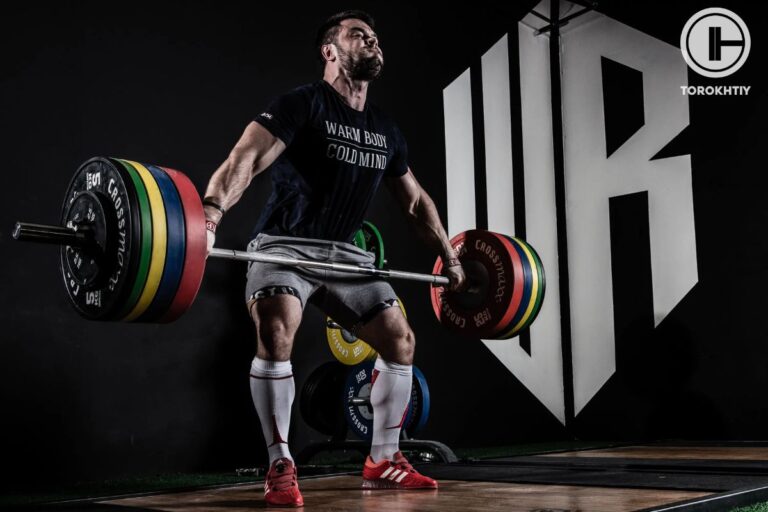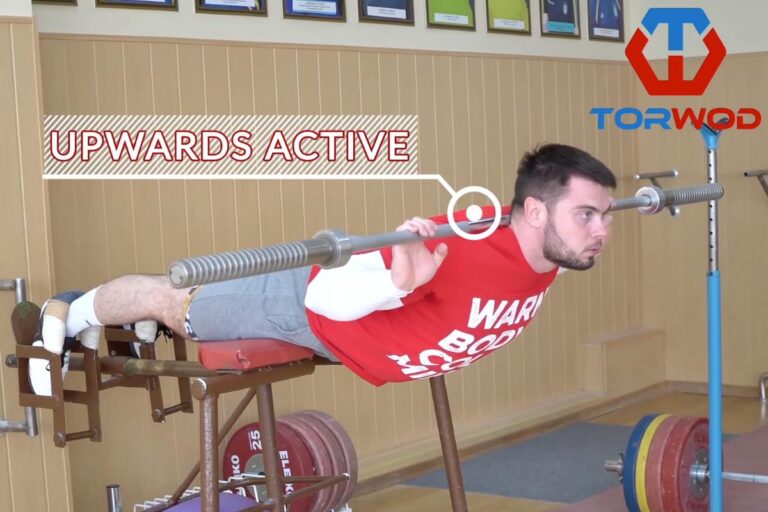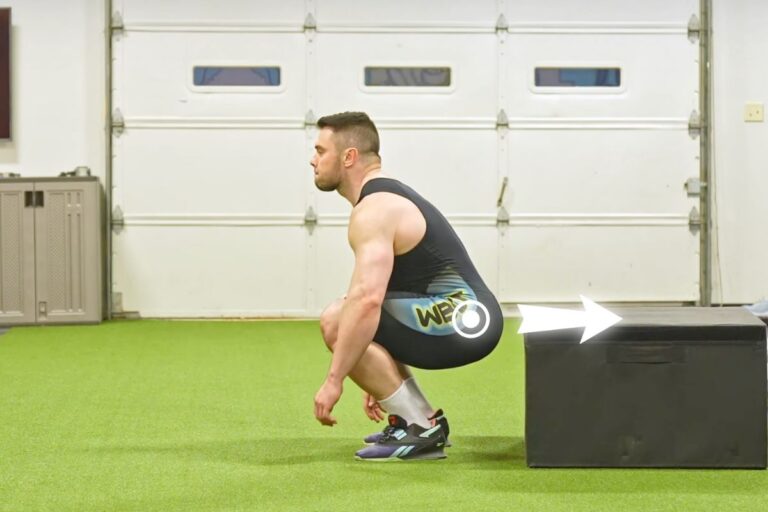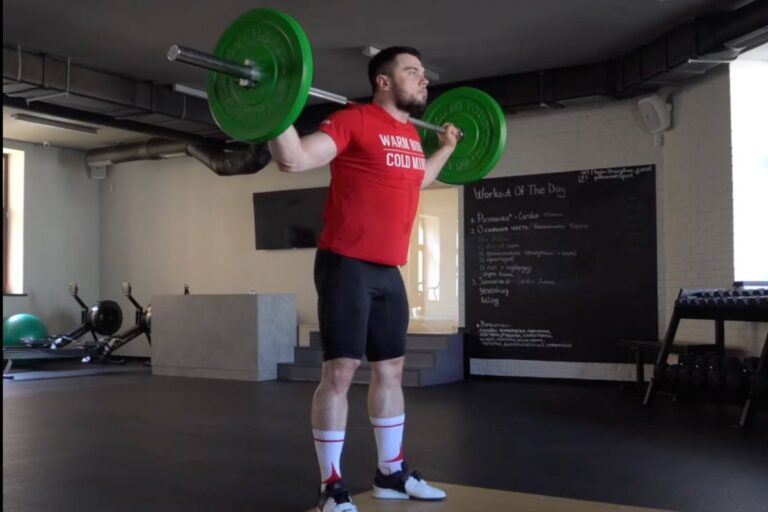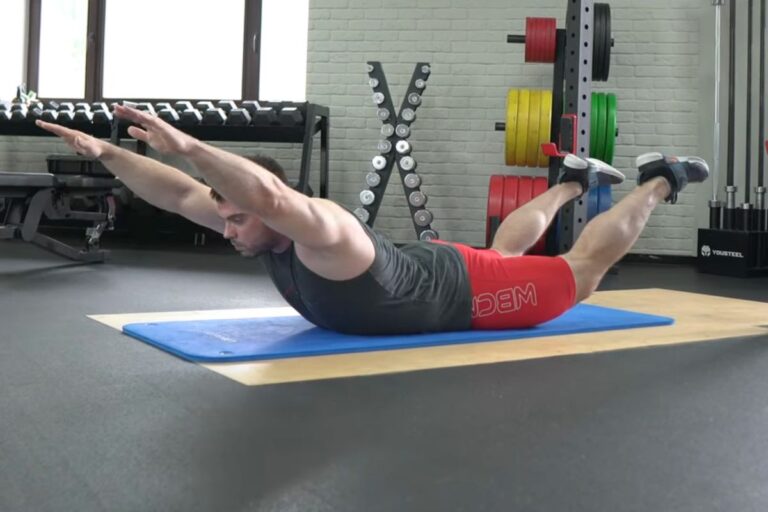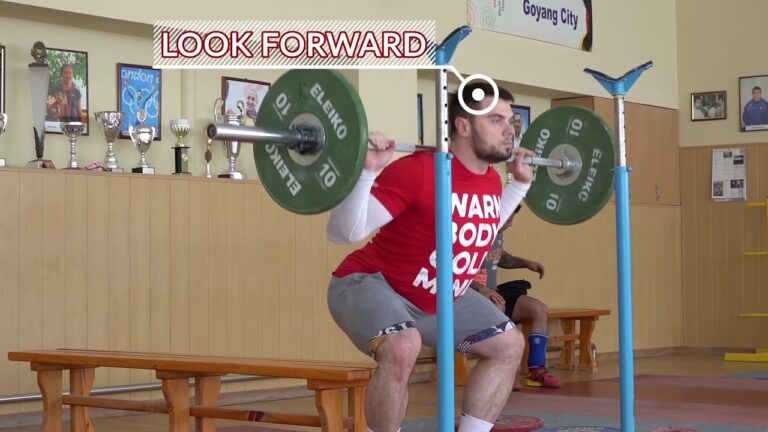French Press
What Is French Press Exercise?
The French Press is an exercise that targets the triceps muscles, which are important for pushing and extending movements of the arms.
What Muscles Are Working In French Press Workout?
The French Press exercise mainly targets the triceps brachii muscles of the upper arm, which are responsible for extending the elbow joint. Additionally, the exercise also works the anconeus muscle, a smaller muscle located next to the triceps.
The French Press is considered one of the most effective exercises for isolating the triceps muscles and developing upper arm strength and size. However, other muscles such as the anterior deltoids and pectoralis minor may also be involved to some extent, as they help to stabilize the shoulder joint during the exercise.
During the French Press exercise, the triceps brachii muscles are the primary movers. They are responsible for the extension of the elbow joint, which occurs when you lift the weight from the starting position towards the ceiling. The long head of the triceps muscle is activated the most during this exercise, followed by the lateral and medial heads, respectively.
The anconeus muscle, a smaller muscle located on the outside of the elbow, is also activated during the French Press exercise. It helps to stabilize the elbow joint and assists in the extension of the elbow joint.
The anterior deltoids and pectoralis minor are also involved in the French Press exercise to some extent, but their involvement is relatively minor compared to the triceps muscles. The anterior deltoids, located at the front of the shoulder, help to stabilize the shoulder joint and assist with the overhead movement of the weight.
The pectoralis minor, located in the upper chest, also helps to stabilize the shoulder joint and assist with the extension of the arm.
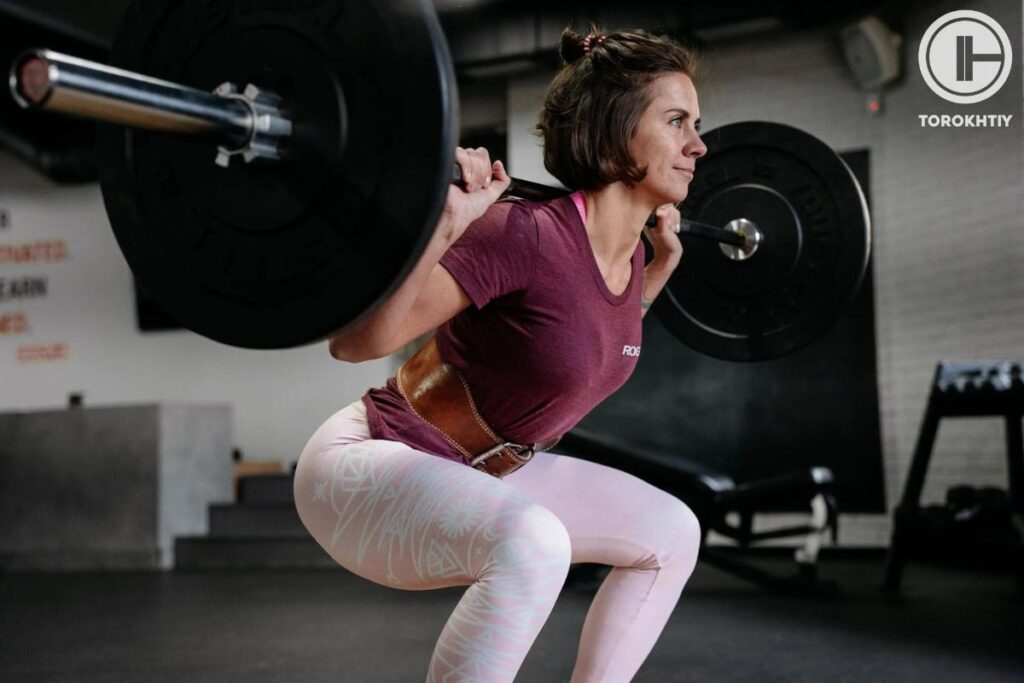
How To Perform French Press?
Here are the detailed steps to perform the french press lift:
- Here are the detailed steps to perform the french press lift:
- Start by holding the weight plate with both hands in front of your chest, with your elbows bent and your palms facing each other.
- Stand with your feet shoulder-width apart and brace your core to maintain good posture throughout the exercise.
- Slowly lower the plate behind your head, bending your elbows and keeping them close to your ears.
- Pause briefly at the bottom of the movement, feeling the stretch in your triceps.
- Slowly raise the weight plate back up to the starting position, extending your elbows.
- Repeat for the desired number of reps, usually 8-12 reps per set.
Tips:
- Keep your elbows close to your head and avoid flaring them out to the sides.
- Maintain a straight wrist throughout the exercise.
- Use a weight that you can control and gradually increase the weight as you become stronger.
- Breathe in as you lower the weight, and breathe out as you push the weight back up.
What Are The Main Benefits Of French Press Exercise?
1. Increased Triceps Strength
The Standing French Press with a plate targets the triceps muscles effectively and can help to increase their strength and size. This can improve the overall appearance of your arms and also enhance your upper body strength.
2. Improved Shoulder Stability
The exercise requires you to hold the weight plate in front of your chest, which requires shoulder stabilization. This can improve your shoulder stability and help to prevent injuries in the shoulder joint.
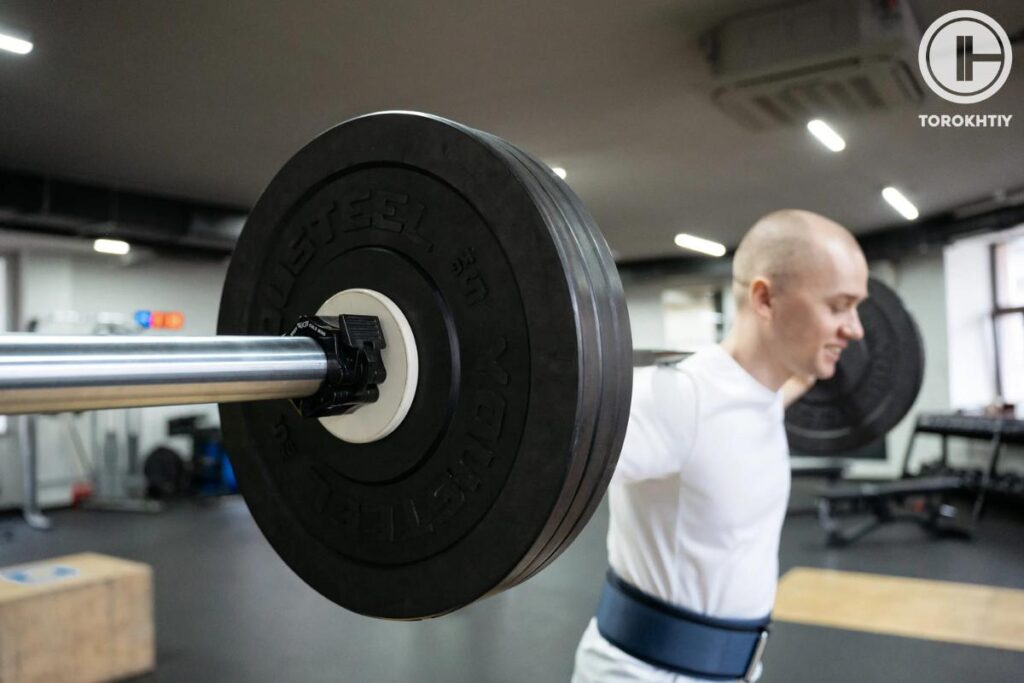
3. Enhanced Core Activation
Holding the weight plate in front of your chest also requires core activation. This can help to strengthen your core muscles and improve your overall stability and balance.
4. Convenience
The Standing French Press with a plate is a simple exercise that can be performed with minimal equipment. It is also easy to perform at home or at the gym, making it a convenient addition to your workout routine.
5. Versatility
The weight plate can be easily adjusted to increase or decrease the intensity of the exercise, making it suitable for individuals of different fitness levels. It can also be combined with other exercises to create a full-body workout.
French Press Pros and Cons
Here are some potential benefits and disadvantages of the French Press exercise:
1. Pros:
Effective for triceps: The Standing French Press with a plate is a highly effective exercise for targeting and strengthening the triceps muscles.
Convenient: The exercise can be performed with minimal equipment and can be done at home or in the gym.
Improves shoulder stability: The exercise requires shoulder stabilization, which can help to improve shoulder stability and prevent injuries.
Activates core: Holding the weight plate in front of the chest also requires core activation, which can help to strengthen the core muscles.
Versatile: The weight plate can be easily adjusted to increase or decrease the intensity of the exercise, making it suitable for individuals of different fitness levels.
2. Cons:
Limited range of motion: Unlike other triceps exercises that involve a barbell or dumbbells, the French Press exercise may limit your range of motion, which can affect muscle activation.
Requires good form: The exercise requires proper form to be effective and safe. Poor form can increase the risk of injury.
Not a compound exercise: The French Press exercise is primarily an isolation exercise and does not engage multiple muscle groups at once.
Potential strain on wrists: Holding the weight plate can place strain on the wrists, which may cause discomfort or injury.
May not be suitable for everyone: Individuals with shoulder or elbow injuries may not be able to perform the exercise safely and effectively.
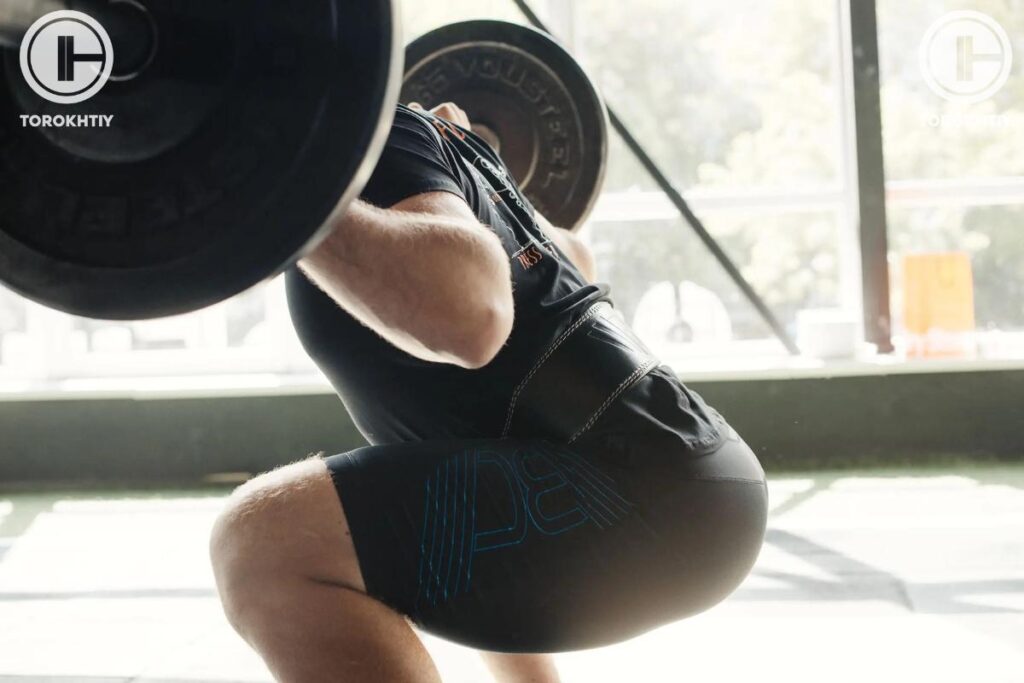
Key Factors In French Press Exercise Training
Here are some key factors to consider when performing french press with weights:
1. Proper Form
To avoid injury and get the most out of the exercise, it is essential to maintain proper form. Keep your core engaged, shoulders back, and elbows close to your head while performing the exercise.
2. Weight selection
Choose a weight plate that is appropriate for your strength level. Too heavy a weight can lead to injury or poor form, while too light a weight may not provide enough resistance to challenge the muscles.
3. Breathing
Remember to breathe properly during the exercise. Inhale deeply before lowering the plate and exhale as you press it back up.
4. Range of Motion
Aim to achieve a full range of motion, lowering the plate as far as possible behind your head without causing discomfort or pain.
5. Repetitions and Sets
Start with 2-3 sets of 8-12 repetitions, gradually increasing the number of sets and reps as you become stronger.
6. Progression
To continue making progress, gradually increase the weight, sets, and reps over time. You can also vary the exercise by changing the grip or using different types of weights.
7. Warm-up
Before starting the exercise, warm up your muscles with some light cardio or dynamic stretching. This can help to prevent injury and improve performance.
8. Cool-down
After completing the exercise, stretch your triceps, shoulders, and chest muscles to help prevent soreness and improve flexibility.
Main Mistakes In French Press Triceps Execution
Here are some common mistakes to avoid when performing the French Press exercise:
1. Poor Form
Improper form is one of the most common mistakes in this exercise. Avoid swinging your arms or using momentum to lift the plate. Keep your elbows close to your head and engage your core to maintain stability.
2. Incorrect Grip
Gripping the plate too tightly can place unnecessary strain on the wrists and forearms. Instead, hold the plate with a firm, but relaxed grip.
3. Lack of Control
Lowering the plate too quickly or using too much momentum can reduce the effectiveness of the exercise and increase the risk of injury. Lower the plate slowly and under control, then press it back up using only your triceps muscles.
4. Incorrect Weight Selection
Choosing a weight that is too heavy can lead to poor form and increase the risk of injury. Start with a lighter weight and gradually increase the weight as you become stronger.
5. Overtraining
Overtraining can cause muscle fatigue and increase the risk of injury. Allow adequate rest time between workouts to allow your muscles to recover.
6. Ignoring Warning Signs
Pain or discomfort during the exercise could be a sign of poor form or overuse. If you experience pain, stop the exercise and reassess your form or seek medical advice.
7. Neglecting Warm-Up And Cool-Down
Failing to warm up or cool down properly can increase the risk of injury and muscle soreness. Spend a few minutes warming up with light cardio or dynamic stretching before starting the exercise and perform some stretches after the exercise to improve flexibility and reduce soreness.
In conclusion, by avoiding these common mistakes, you can ensure that you perform the French Press safely and effectively, improving your triceps strength and upper body stability.
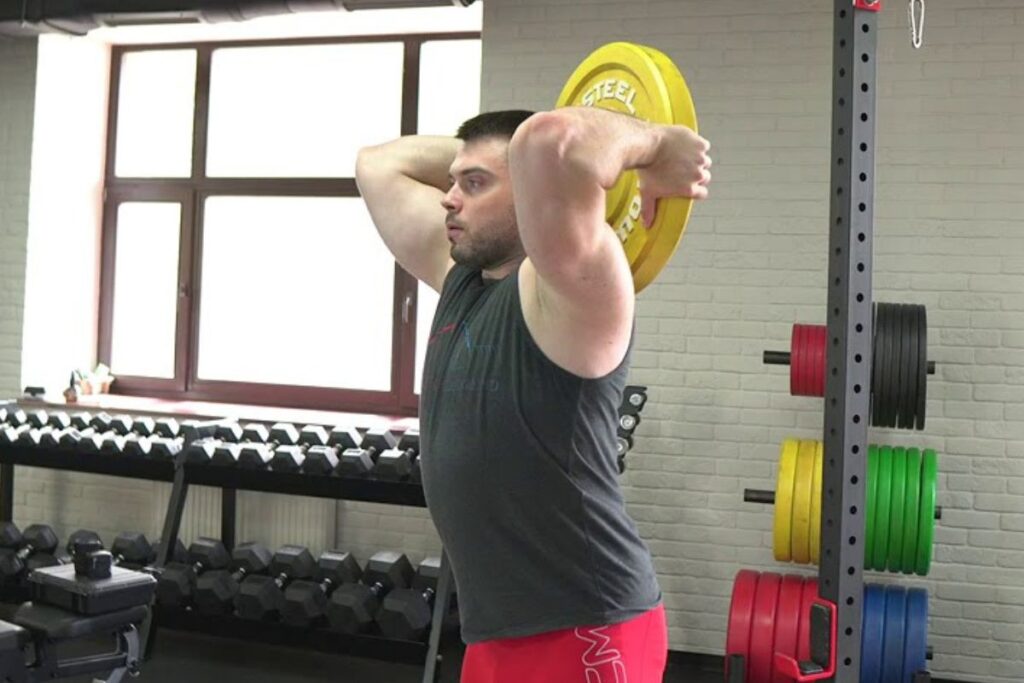
Variations of the French Press
Here are some variations of the French Press exercise:
1. Standing Dumbbell French Press
This variation is similar to the Standing French Press with a plate, but uses dumbbells instead of a weight plate. Hold a dumbbell in each hand with your palms facing inward, and perform the exercise as usual.
2. Seated French Press
In this variation, sit on a bench with your back straight and feet firmly planted on the ground. Hold a dumbbell or weight plate above your head with both hands, and lower it behind your head, keeping your elbows close to your head. Raise the weight back up to the starting position.
3. Overhead Triceps Extension
This exercise is similar to the French Press, but performed with a dumbbell or cable machine. Stand with your feet shoulder-width apart and hold a dumbbell or cable handle above your head with both hands. Lower the weight behind your head, keeping your elbows close to your head, then press it back up to the starting position.
4. Skull Crushers/Barbell French Press
In this exercise, lie on a bench with a barbell held above your head with your palms facing inward. Lower the weight towards your forehead, keeping your elbows close to your head, then press it back up to the starting position.
5. Close-grip Bench Press
This exercise is a compound movement that targets the triceps along with the chest and shoulders. Lie on a bench with a barbell, holding it with a close grip. Lower the bar towards your chest, keeping your elbows close to your body, then press it back up to the starting position.
6. One-arm French Press
This modified french press is performed with one hand holding a dumbbell or weight plate above your head, while the other hand is extended to the side for balance. Lower the weight behind your head, keeping your elbow close to your head, then press it back up to the starting position.
7. Cable French Press
This variation uses a cable machine with a rope attachment to perform the exercise. Stand facing the cable machine and hold the rope with both hands above your head. Lower the weight behind your head, keeping your elbows close to your head, then press it back up to the starting position.
Lying, Seated, Standing French Press: What To Choose?
The lying french press, seated French press, and standing French press are all variations of the same exercise that target the triceps muscles. The best one to choose depends on your individual fitness goals, preferences, and limitations.
Here are some factors to consider when deciding which variation to choose:
1. Equipment Availability
The lying French press requires a bench or a flat surface to lie down on, while the seated and standing variations can be performed with dumbbells, barbells, or resistance bands.
2. Comfort and Safety
If you have any limitations or discomfort lying down, the standing or seated variations may be more comfortable for you. Additionally, if you have any shoulder or back issues, the lying variation may not be safe or comfortable for you to perform.
3. Muscle Activation
All three variations target the triceps muscles, but the lying variation may also engage the chest muscles to a greater extent. The seated variation may allow for more isolation of the triceps muscles, while the standing variation may engage more stabilizer muscles in the core and legs.
4. Fitness Level And Goals
The standing variation may be more challenging and require greater strength and balance, while the lying variation may be more accessible for beginners. The seated variation can be a good option for those who want to isolate the triceps muscles with less stress on the rest of the body.
Ultimately, it is important to choose the variation that feels comfortable, safe, and effective for you.
French Press Alternative
Here are some alternatives to the French Press exercise:
1. Triceps Pushdown
This exercise is performed using a cable machine with a rope attachment. Stand facing the cable machine, holding the rope with both hands, and push it down towards the ground, keeping your elbows close to your body.
2. Dips
Dips can be performed on parallel bars or on the edge of a bench or chair. Lower yourself down, bending your elbows, then push yourself back up to the starting position.
3. Close-grip Pushups
Close-grip pushups are performed like regular pushups, but with your hands placed close together, directly under your shoulders. This exercise targets the triceps as well as the chest and shoulders.
4. Kickbacks
Hold a dumbbell in one hand, and lean forward with your opposite hand resting on a bench or other support. Extend the weight behind you, keeping your elbow close to your body, then lower it back down to the starting position.
5. Diamond Pushups
Diamond pushups are similar to close-grip pushups, but with your hands placed close together in a diamond shape. This exercise targets the triceps, chest, and shoulders.
In conclusion, these alternatives to the French Press exercise can help to target the triceps muscles in different ways, providing variety in your workouts and helping to prevent plateaus in progress.
Who Should Use French Press Exercise?
The French press exercise is a great exercise for those looking to target and strengthen their triceps muscles. It is suitable for individuals of all fitness levels, from beginners to advanced athletes.
People who want to increase the size and definition of their triceps, improve their upper body strength, and enhance their overall muscular balance can benefit from incorporating French press exercise into their workout routine. It is also a good exercise for those who participate in sports or activities that require upper body strength, such as basketball, football, and boxing.
The French press exercise can be beneficial for athletes in many different sports that require upper body strength and power. Here are a few examples of sports where the French press exercise may be particularly useful:
1. Basketball
Basketball players need strong triceps to help them shoot the ball and fend off defenders. The French press exercise can help to improve upper body strength and power, which can translate to better performance on the court.
2. Boxing
Boxers need strong triceps to deliver powerful punches and defend against incoming blows. The French press exercise can help to develop explosive arm strength and increase punching power.
3. Football
Football players rely on upper body strength and power to block opponents and make tackles. The French press exercise can help to build strong triceps, which can improve blocking and tackling ability.
4. Weightlifting
The French press exercise is a great accessory exercise for weightlifters looking to improve their performance in the snatch and overhead press. Strong triceps can help to stabilize the weight overhead and make it easier to lock out.
5. Tennis
Tennis players need strong triceps to help them generate power on their serves and groundstrokes. The French press exercise can help to improve upper body strength and power, which can translate to better performance on the court.
However, individuals with shoulder, elbow, or wrist injuries should avoid this exercise or modify it to prevent further injury. Additionally, those who have difficulty holding weight plates overhead may find this exercise challenging.
French Press Vs Regular Pushup. What Is Better?
Both the French press exercise and regular push-ups are effective exercises for strengthening the upper body, but they target different muscle groups and have their own unique benefits.
The French press exercise primarily targets the triceps muscles, which are located on the back of the upper arm. It is an isolation exercise that involves extending the arms from a flexed position, which puts a lot of emphasis on the triceps. The French press exercise can help to improve triceps strength and size, which can improve performance in activities that require upper body strength.
On the other hand, regular push-ups are a compound exercise that work multiple muscle groups, including the chest, shoulders, and triceps. They are a functional movement that mimics many everyday activities, such as pushing a heavy object or getting up from the floor. Push-ups are also a great exercise for improving core stability and overall upper body strength.
So, which exercise is better depends on your goals and personal preferences. If you are looking to specifically target and strengthen your triceps, the French press exercise may be a better choice. However, if you want a full-body exercise that targets multiple muscle groups and has functional benefits, regular push-ups may be the better choice.
Incorporating both exercises into your workout routine can help you to develop a well-rounded upper body and improve your overall fitness level. It is important to perform both exercises with proper form and technique to avoid injury and get the most out of the exercise.
History Behind French Press Exercise Name
The French press exercise, also known as the lying triceps extension or skull crusher, is an exercise that has been used by weightlifters and bodybuilders for many years.
The name “French press” is believed to have originated from the old-style coffee maker of the same name, which uses a plunger to press down on coffee grounds and extract the flavor. The motion of the coffee plunger pressing down is similar to the motion of the barbell in the French press exercise, which is lowered towards the head before being pressed back up to the starting position.
The French press exercise is also sometimes called the “skull crusher” due to the fact that the weight comes very close to the head during the exercise. This nickname emphasizes the need to use proper form and control when performing the exercise to avoid injury.
Overall, the name “French press” is believed to have originated from the motion of the exercise and is a nod to the popular coffee-making technique of the same name.
Author: Oleksiy Torokhtiy
Olympic Weightlifting Champion
Best Results: Snatch – 200 kg,
C&J – 240 kg
Oleksiy Torokhtiy is a professional athlete boasting 20 years of experience in Olympic weightlifting. With multiple European and World titles under his belt, he has showcased his prowess in two Olympic Games (Beijing 2008 and London 2012). Upon concluding his illustrious career, Oleksiy dedicated himself to coaching. By 2022, he had conducted over 200 weightlifting seminars worldwide. He is the visionary behind an international sportswear and accessories brand known for its motto, “Warm Body Cold Mind.” Additionally, he is an esteemed author and the creator of a series of training programs and eBooks.


